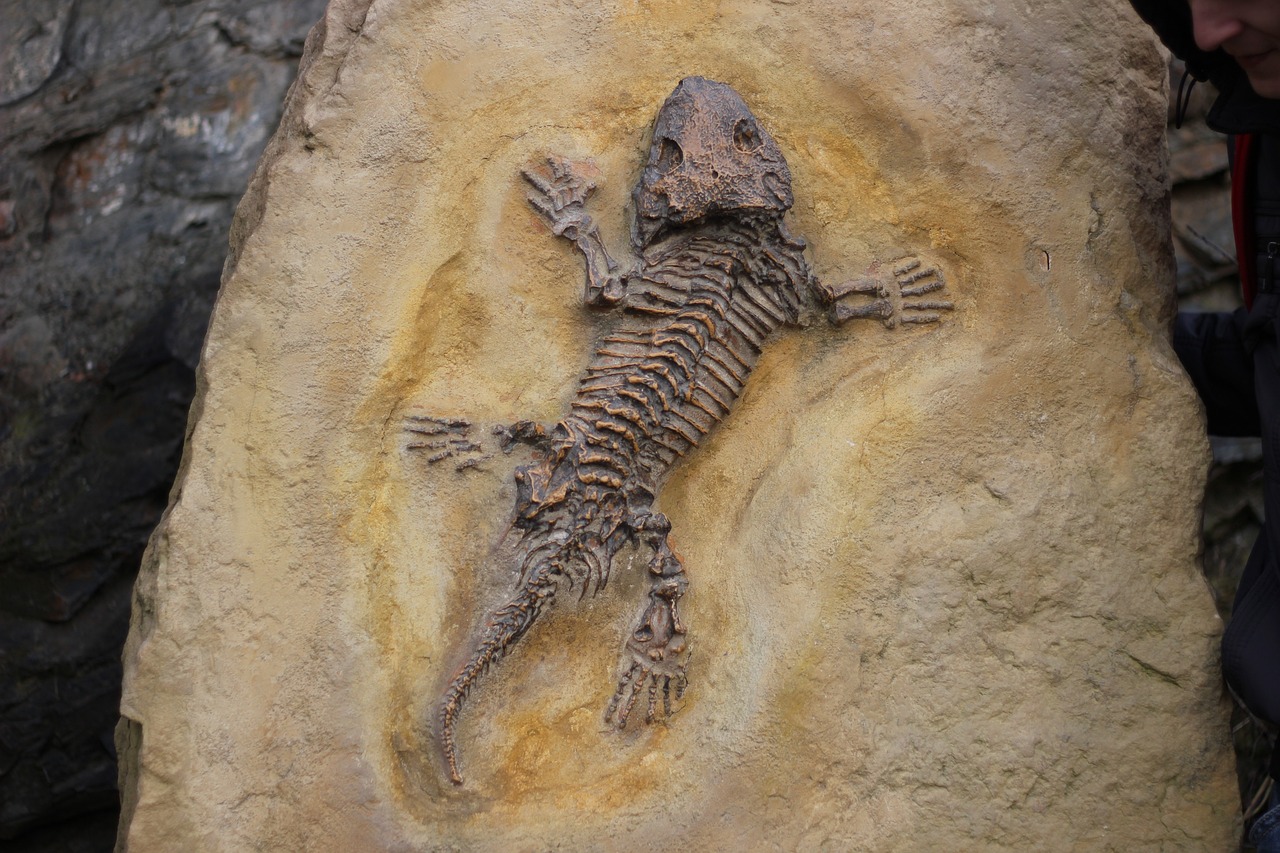Mary Anning, a remarkable figure in paleontology, made a groundbreaking discovery at a remarkably young age. Born in 1799 in Lyme Regis, England, Mary’s fascination with fossils was ignited by her father, Richard Anning, a cabinet maker and amateur fossil collector. Under his guidance, Mary and her brother Joseph learned the art of fossil hunting and cleaning from a tender age.
At just 12 years old, Mary’s keen eye and determination led her to uncover the first complete ichthyosaur fossil in 1810–1811 while scouring the cliffs of Lyme Regis. It was a momentous find that would shape her future and the field of paleontology forever. Remarkably well-preserved, the fossil revealed intricate details of the ancient creature, including fish bones and scales from its last meal, providing invaluable insights into prehistoric life.
Despite facing adversity and her father’s untimely death, Mary persisted in her pursuit of paleontological discoveries. With her family’s livelihood depending on her skills as a fossil collector, Mary’s passion and expertise only grew stronger. Her dedication to her craft earned her recognition as a pioneering figure in the field, paving the way for future generations of paleontologists.
Mary Anning’s legacy extends far beyond her groundbreaking discoveries. Her story inspires, showcasing the power of curiosity, perseverance, and passion in the face of adversity. Her contributions to science continue to be celebrated, highlighting the importance of women in STEM fields and the enduring impact of her remarkable achievements.

In the 1820s, Mary Anning assumed control of her family’s fossil business following her father’s death. Despite lacking formal education, Mary possessed a remarkable talent for reading, writing, drawing, and reconstructing fossil skeletons. Her innate abilities allowed her to excel in paleontology despite the societal barriers she faced as a woman in the 19th century.
Throughout her career, Mary encountered challenges receiving proper recognition for her groundbreaking discoveries. Despite her efforts, many of her finds ended up in museums and private collections without acknowledging her role as their discoverer. Male geologists often purchased her fossils and presented them as their own work, perpetuating the marginalization of Mary’s contributions to science.
Despite facing skepticism and prejudice, Mary persisted in her pursuit of paleontological discoveries. Her perseverance paid off when French anatomist Georges Cuvier recognized the authenticity of her plesiosaur specimen, validating her findings and paving the way for greater recognition within the scientific community. Although she lacked formal scientific training, Mary’s discoveries revolutionized paleontology and challenged her time’s prevailing notions.
Avid Writer with invaluable knowledge of Humanity!
Upcoming historian with over 30 million views online.
“You make your own life.”





